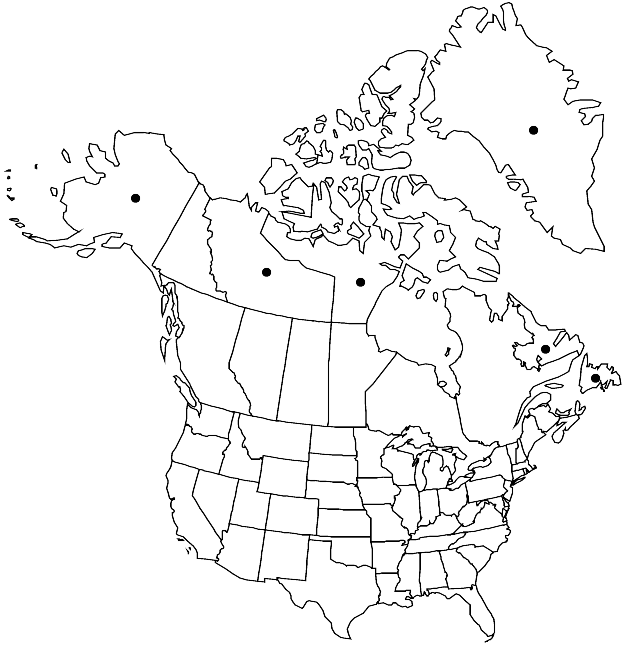Ptychostomum acutiforme
Phytologia 89: 113. 2007.
Plants in dense or open turfs, green, yellow-green, or brown. Stems 1–2 cm, fertile stems comose, innovations evenly foliate. Leaves yellow-green to yellow-brown, somewhat distant, weakly contorted to somewhat imbricate when dry, ovate-lanceolate, concave or sometimes flat, 0.5–2(–3) mm, enlarged toward stem apex; base red near costa, green otherwise, not decurrent; margins plane, limbidium moderately strong, in (1–)2–3 rows; apex acute to acuminate; costa not reaching apex to percurrent, apiculus sometimes present, short, slender; proximal laminal cells long-rectangular, (3–)4–5:1; medial cells somewhat longer, walls incrassate; distal cells 18–25 µm wide, 2–3:1, walls thin to incrassate. Specialized asexual reproduction absent. Sexual condition autoicous. Seta red-brown, 2–4 cm, stout, straight to somewhat flexuose. Capsule red-brown or red, ovate, symmetric, 2–3 mm, mouth yellow to yellow-orange; operculum conic, apiculate; peristome reduced; exostome teeth yellow basally, hyaline distally, lamellae ± straight mid tooth, pores absent along mid line; endostome not adherent to exostome, basal membrane less than 1/2 exostome height, segments with lanceolate to slitlike perforations, cilia absent or rudimentary. Spores with size often variable in same capsule, 28–32 µm, yellow or brown.
Phenology: Capsules mature Jul–Aug.
Habitat: Moist gravelly to sandy soil, near sea, along streams, around lakes
Elevation: low to moderate elevations (0-600 m)
Distribution

Greenland, Nfld. and Labr., N.W.T., Nunavut, Alaska, n Eurasia.
Discussion
Ptychostomum acutiforme is related to P. calophyllum, but differs in its ovate-lanceolate leaves with acuminate apices. The leaves have red to red-brown costae and proximal laminal cells narrower than the more distal cells. The hypophysis is thick and abruptly contracted to the seta.
Selected References
None.